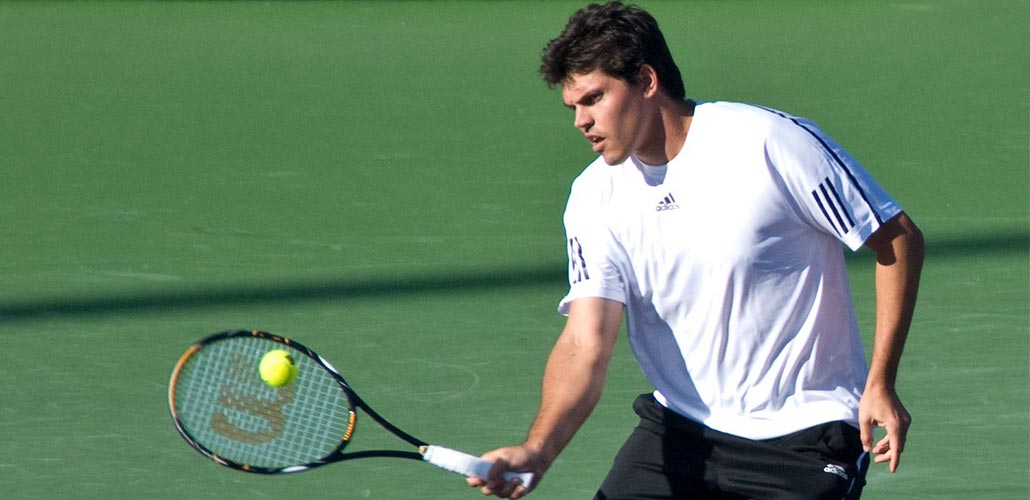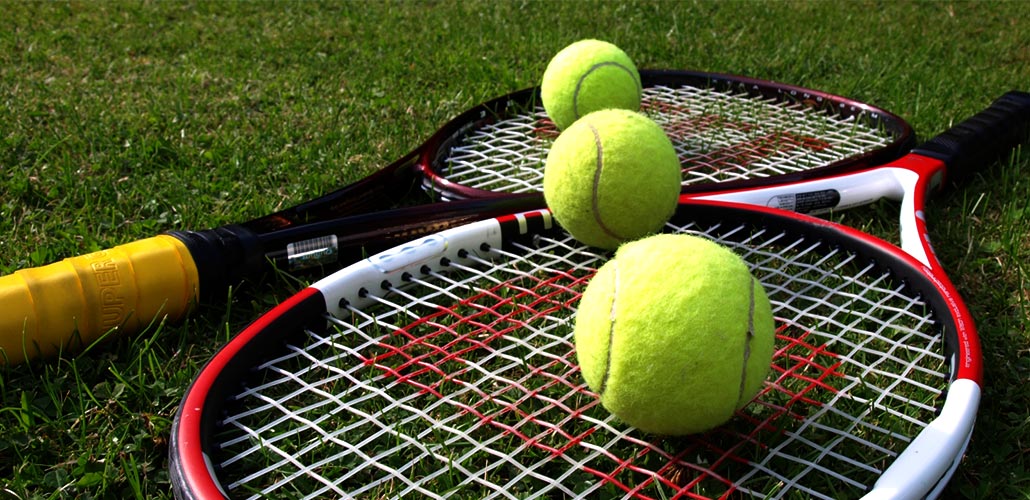The First Goal: Master Your Contact
If you want to master the game of tennis, your first goal should be to master contact. Contact, in its most simple form, is when the tennis ball hits the strings of the racket. There are two main types of contact: blocking contact and hitting (or driving) contact.
In this article, we will focus on blocking contact and its importance. In martial arts, blocking techniques are some of the first you will learn in forms training. Why? Because all good martial artists know that a strong defense is just as important as a strong offense. Blocking contact helps you weather offensive onslaughts and stay calm during emergency situations. If you want to see a master of blocking contact in today’s tennis world, look no further than Novak Djokovic.
So, what is blocking contact and when do we use it in tennis?
Blocking contact is merely taking no backswing and no follow-through. It is the art of stopping or absorbing incoming balls. You would commonly use blocking contact on hard-hit balls, on volleys, to return serves, and when running long distances with no time to take a backswing or follow-through.
How do you practice blocking contact? Here are some drills to help you master the art of the block.
Drill #1: Have a partner stand at the service line and toss you balls underhand at the baseline. Choke up on the grip of your racket and bump the ball back to them so they can catch it. Your checkpoint is to see if your strings still face your partner after blocking the ball back to them.
Drill #2: Repeat Drill #1, but shift your hand down the grip until you hold the racket where you normally do. You and your partner’s positions on the court are the same as in Drill #1. Be careful here, as there is the tendency to want to flick or break the wrist position. Once again, check the strings to make sure they are facing your partner at the end.
Drill #3: Repeat Drill #1 or #2, but add some type of movement to it. For example, touch the center line and have your partner throw the ball out to a corner. See if you can still block the ball back to your partner and check your strings. Remember your strings should still be facing your partner who is trying to catch the ball.
Drill #4: Repeat Drill #1 or #2, but your partner can throw the ball anywhere they want. You can still only use your forehand to block the balls back to your partner. This drill puts you in tennis “emergencies,” which is good practice for defense. Once again, check the strings of your racket and make sure they are facing your partner.
Drill #5: Now have your partner serve you some bombs by standing just on the opposite service line. You must take the oncoming bombs and block them back into the court. This is a great return-of-service drill.
There you have five drills that can help you master the art of blocking contact. Master the art of the block, and you are well on your way to becoming an outstanding defensive player.


